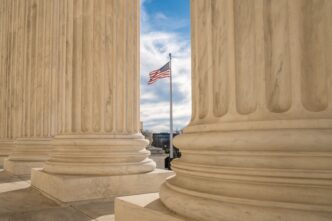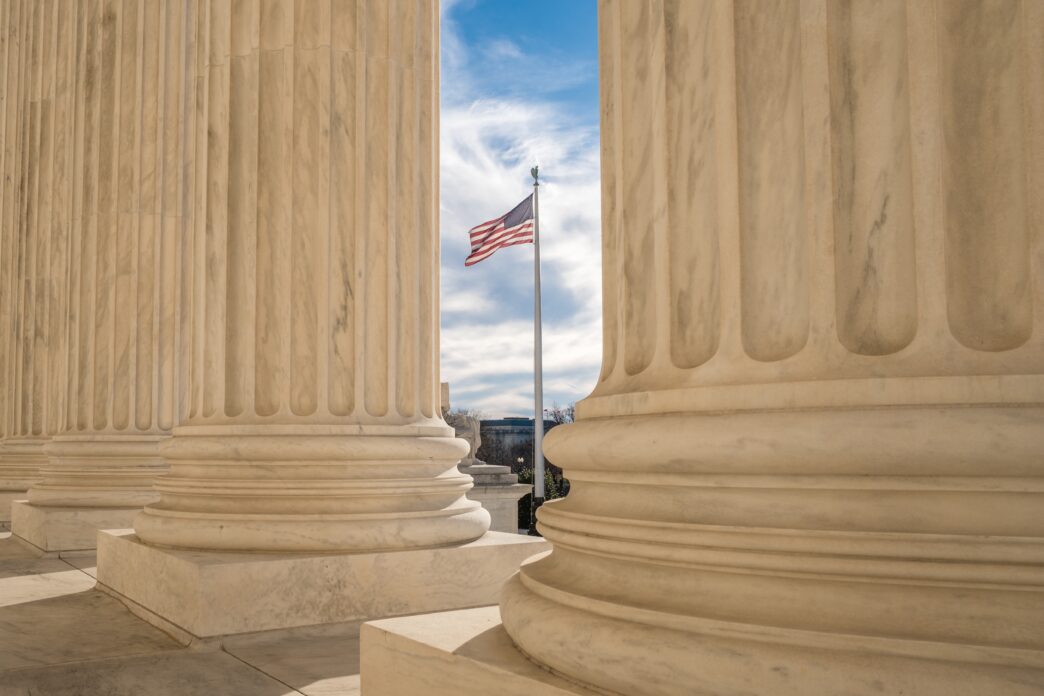Executive Summary
The Story So Far
Why This Matters
Who Thinks What?
The Supreme Court on Thursday allowed the Trump administration to enforce its policy requiring the sex designation on U.S. passports to align with a traveler’s biological sex. The decision marks a significant setback for transgender and nonbinary Americans, effectively reversing previous policies that permitted self-identification and “X” gender markers.
The court, in an unsigned order, stated that displaying a passport holder’s sex at birth is merely an attestation to a “historical fact” and does not violate equal protection principles by subjecting anyone to differential treatment. This ruling represents another victory for President Trump on the court’s emergency docket.
Justice Ketanji Brown Jackson, joined by the court’s other two liberal justices, penned a scathing dissent. She criticized the decision as a “senseless sidestepping of the obvious equitable outcome” and an “immediate infliction of injury without adequate (or, really, any) justification.”
The American Civil Liberties Union, which challenged the policy, described the court’s decision as a “heartbreaking setback for the freedom of all people to be themselves.” Jon Davidson, senior counsel for the ACLU’s LGBTQ & HIV Project, warned that forcing transgender individuals to carry passports that “out them against their will” increases their risk of harassment and violence.
Policy Evolution and Reversal
U.S. passports first included sex markers in 1976. In 1992, the State Department began allowing citizens to choose a marker opposite from their sex assigned at birth, provided they submitted specific medical documentation. More recently, in 2021, President Joe Biden’s administration introduced an option for individuals to select an “X” sex marker, which was particularly significant for some intersex and nonbinary Americans.
Earlier this year, President Trump reversed both of these policies after taking office. The new directive mandates that passports reflect an applicant’s sex assigned at birth and eliminated the “X” sex marker option.
Legal Challenges and Arguments
The Trump administration’s policy was quickly met with legal challenges. A federal judge in Massachusetts, U.S. District Judge Julia Kobick, had previously blocked the government from enforcing the policy nationwide, ruling that it classified applicants based on sex and warranted higher judicial scrutiny. A federal appeals court in Boston subsequently denied the administration’s request to block that lower court’s order.
In its emergency appeal to the Supreme Court, the Trump administration argued that the lower court order had “no basis in law or logic.” The Justice Department contended that a policy does not discriminate based on sex if it applies equally to each sex, defining sex for everyone in terms of biology rather than self-identification. The administration also asserted that courts could not review presidential policies under the Administrative Procedure Act.
US Attorney General Pam Bondi, commenting on the victory, stated that the ruling allows the government to require citizens to list their biological sex on their passport. The plaintiffs, in contrast, argued that the policy risked “misidentification, harassment, or violence” for Americans traveling abroad.
Broader Implications
This decision marks the second time the conservative Supreme Court has allowed a Trump administration policy targeting transgender individuals to stand. In May, a divided court permitted the administration to enforce a ban on transgender service members in the military. It is important to note that neither of these decisions constitutes a final judgment on the legal cases at issue, but rather a short-term determination while the cases continue through the courts.








